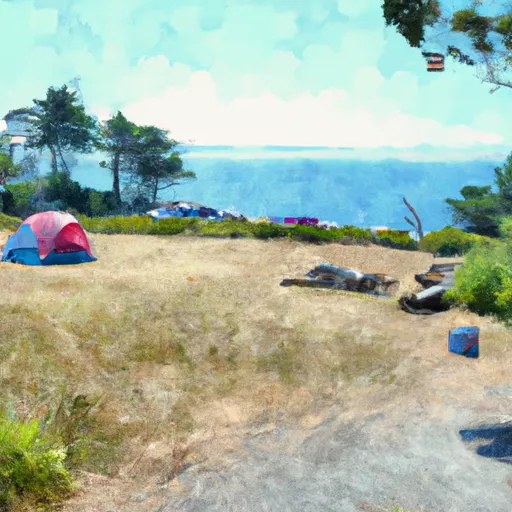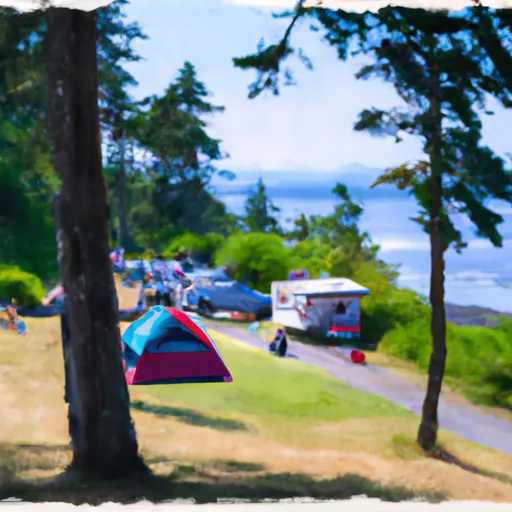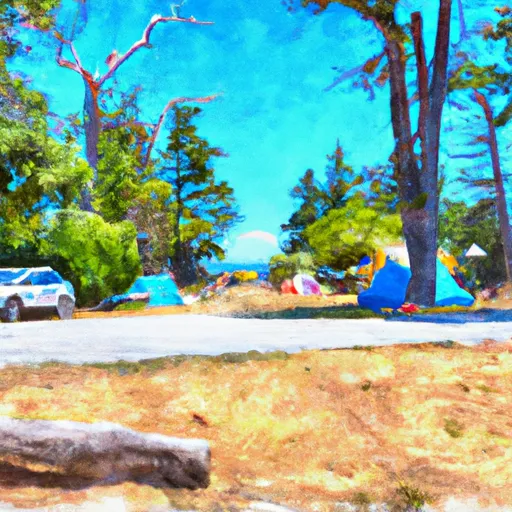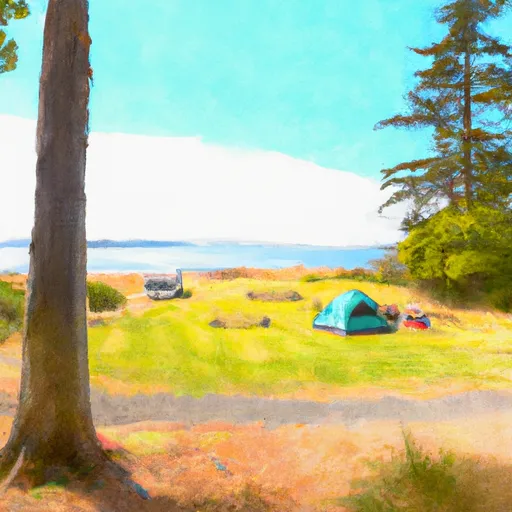South Whidbey State Park
Rate this placeNearby: Freeland County Park East Beach Park
Last Updated: December 27, 2025
South Whidbey State Park is a stunning natural gem located in the state of Washington.
°F
°F
mph
Wind
%
Humidity
Summary
Situated on the southern end of Whidbey Island, this park offers visitors a multitude of reasons to explore its beautiful landscapes, diverse wildlife, and outdoor recreational opportunities.
One of the main reasons to visit South Whidbey State Park is its breathtaking scenery. With its lush forested areas, picturesque hiking trails, and sweeping views of the Puget Sound, the park provides a tranquil escape into nature. Visitors can enjoy birdwatching, picnicking, and strolling along the shoreline while soaking in the serene ambiance.
The park features several points of interest worth exploring. The 347-acre park encompasses old-growth forest, wetlands, and over 4,500 feet of saltwater shoreline. Hiking enthusiasts can traverse the four miles of well-maintained trails, taking them through diverse ecosystems and offering glimpses of wildlife such as deer, rabbits, and various bird species. The park also provides opportunities for fishing, crabbing, clamming, and beachcombing, ensuring there is something to suit every outdoor enthusiast's taste.
For history buffs, South Whidbey State Park holds interesting facts about the area's past. It served as a site for a logging camp in the early 20th century and was later purchased by the state to preserve its natural beauty. The remnants of the logging era can still be seen within the park, adding a historical element to the overall experience.
The best time to visit South Whidbey State Park largely depends on individual preferences. Spring and summer offer pleasant weather with blooming wildflowers and the opportunity to enjoy water-based activities like kayaking and paddleboarding. Fall showcases vibrant foliage, creating a picturesque atmosphere for hiking and photography. Winter, although rainy, can provide a peaceful and secluded experience for those seeking solitude and tranquility.
To ensure accuracy, it is advisable to verify information about South Whidbey State Park from multiple independent sources, such as official park websites, travel guides, or reputable online platforms dedicated to outdoor recreation and state parks.
Weather Forecast
Park & Land Designation Reference
Large protected natural areas managed by the federal government to preserve significant landscapes, ecosystems, and cultural resources; recreation is allowed but conservation is the priority.
State Park
Public natural or recreational areas managed by a state government, typically smaller than national parks and focused on regional natural features, recreation, and education.
Local Park
Community-level parks managed by cities or counties, emphasizing recreation, playgrounds, sports, and green space close to populated areas.
Wilderness Area
The highest level of land protection in the U.S.; designated areas where nature is left essentially untouched, with no roads, structures, or motorized access permitted.
National Recreation Area
Areas set aside primarily for outdoor recreation (boating, hiking, fishing), often around reservoirs, rivers, or scenic landscapes; may allow more development.
National Conservation Area (BLM)
BLM-managed areas with special ecological, cultural, or scientific value; more protection than typical BLM land but less strict than Wilderness Areas.
State Forest
State-managed forests focused on habitat, watershed, recreation, and sustainable timber harvest.
National Forest
Federally managed lands focused on multiple use—recreation, wildlife habitat, watershed protection, and resource extraction (like timber)—unlike the stricter protections of national parks.
Wilderness
A protected area set aside to conserve specific resources—such as wildlife, habitats, or scientific features—with regulations varying widely depending on the managing agency and purpose.
Bureau of Land Management (BLM) Land
Vast federal lands managed for mixed use—recreation, grazing, mining, conservation—with fewer restrictions than national parks or forests.
Related References

 South Whidbey Island State Park
South Whidbey Island State Park
 South Whidbey State Park
South Whidbey State Park
 Fort Flagler State Park
Fort Flagler State Park
 hiker/cyclists campsite
hiker/cyclists campsite
 Oak Bay County Park
Oak Bay County Park
 Camano Island State Park
Camano Island State Park
 Freeland County Park
Freeland County Park
 East Beach Park
East Beach Park
 Mystery Bay State Park
Mystery Bay State Park
 Fort Flagler State Park
Fort Flagler State Park
 Jefferson County Park
Jefferson County Park